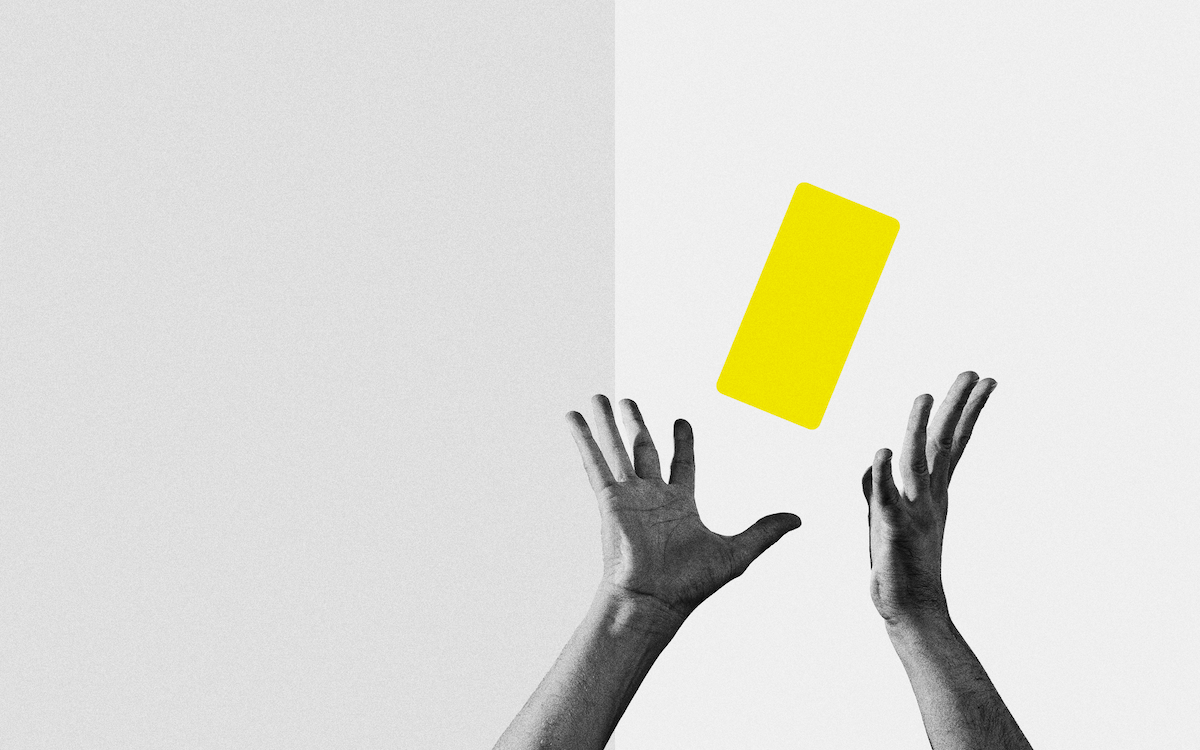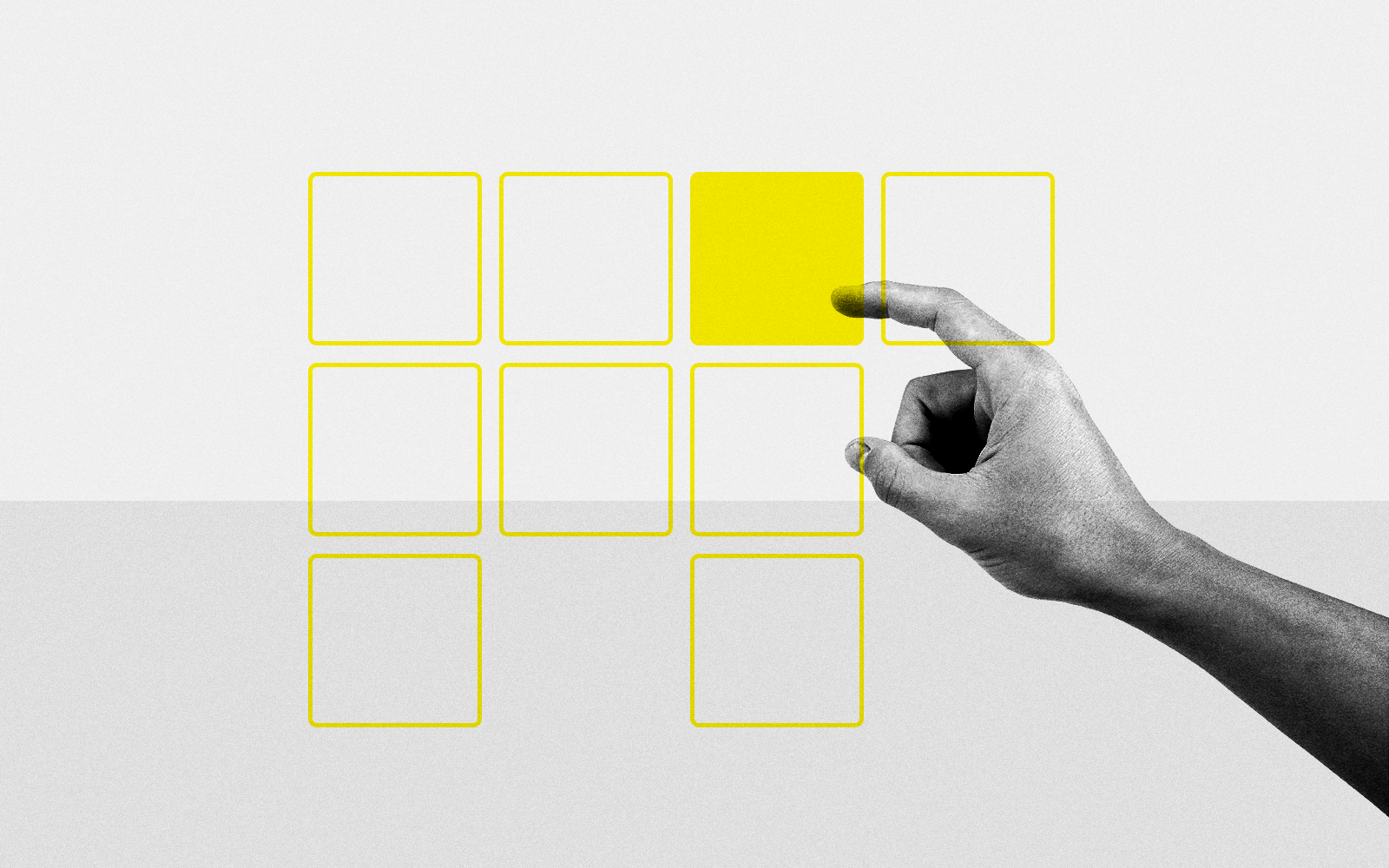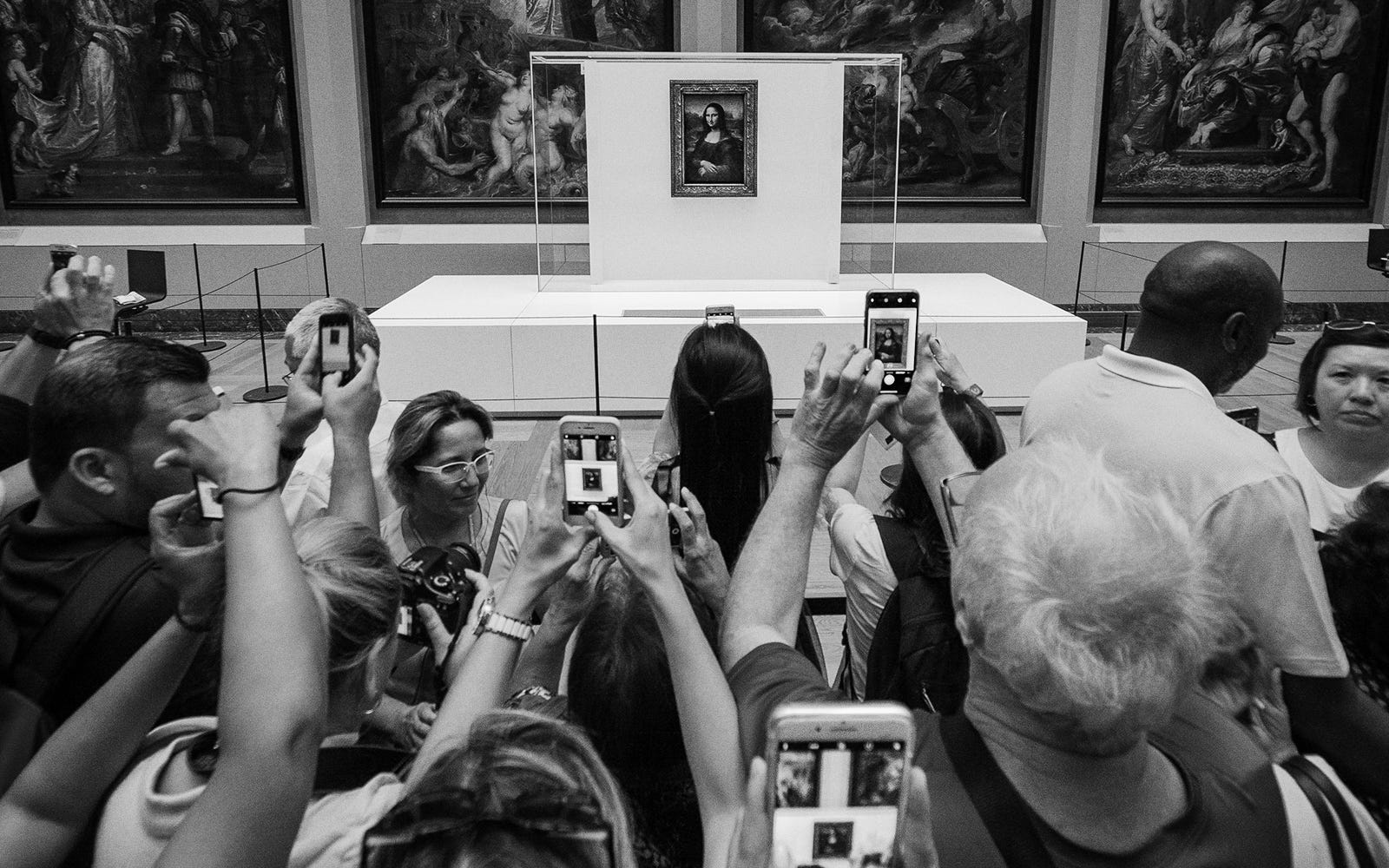We’re more anxious than ever before. Just typing that sentence makes me anxious.
Technology, for all its benefits, can create a sense of claustrophobia. Our devices can make us feel like we’re trapped in a room full of spinning plates, constantly worrying about which one will topple first.
I could go into the tired dopamine diatribe on how your smartphone has transformed you into a technology fiend, standing on the corner trying to score a hit. But I’ll spare you because it’s simple: Technology is reshaping our brains. In real time we’re both observing and suffering from its effects.
The numbers aren’t looking good. According to the Anxiety and Depression Association of America, anxiety disorders represent the most common mental illness in the U.S., affecting 40 million adults ages 18 and older, or 18.1 percent of the population, every year.
Polling conducted by Common Sense Media showed that 59 percent of parents think their teens are addicted to their mobile devices, and 50 percent of teens agree with them. Younger generations are entering the digital landscape feeling the weight of device addiction.
As designers, we create media, but we also consume media. We’re forever switching our hats in a never-ending rotation between producer and reader, designer and user. As designers, creators, and users alike, what’s our responsibility when it comes to creating media for an addiction-prone culture?

The bottom line likes addicts
Here’s the pragmatic truth: Someone wants what we create, and we’re being paid to create it for them. As designers, we are often creating media that is, at its core, engineered to persuade. So we are responsible for shaping users’ behavior. Well-worn design principles (e.g., Rams, Vignelli, Mau) tell us a lot about how the human mind interacts with what it senses: We know that what we see, touch, hear, and feel affects our perception and behavior.
These natural tendencies inform how we can play to our users’ biological strengths, but they also bring to the surface shortcuts we can exploit. For example, the vibration of a smartphone can make everyone in a quiet coffee shop lift their heads and frantically feel their pockets. Cues can make products feel more familiar, but they can be easily commandeered to create a manipulative, Pavlovian response in users.
But therein lies the rub: Addictive behavior is better for the bottom line. Drug dealers have known this for centuries. Is this model good for humans? Of course not. Addicted people are not free. Causing users to be addicted to your platform may create a consistent revenue stream, but it will never contribute to humanity’s greater good.

Pursuing responsible design
Design isn’t just color palette and typesetting; it’s every choice and consideration that informs how we make things for our clients.
Although we have the chance to influence the aesthetic qualities of the work we create, design is much bigger than that. And the responsibility for good design doesn’t just fall on the shoulders of designers — it’s up to everyone who creates and influences work for clients. Let’s think bigger, shall we?
Interface design, which makes up most of my daily work, can serve as a valuable example. Interfaces are intended to orient and guide users. Users are trying to complete a task: What’s the most natural way for them to do it? Shaping this behavior isn’t in itself a nefarious pursuit, but how do we do it responsibly?
Netflix, as an example, simultaneously encourages addictive behavior and tries to safeguard its users from such addiction. It’s a convenient example of what to do and what not to do.
So here’s the question: Should society’s ever-evolving embrace of media impact what we make?
Netflix encourages binge-watching by counting down to the next episode and then their Auto-Play feature starts it without your having to so much as shift on your couch. But at the same time this feature is breeding bad behaviors, the platform attempts to offset itself with the “Are you still watching?” prompt. After a few too many back-to-back episodes of The Office, we’re annoyed they even have to ask, but it is a good reminder that we’ve been watching a lot of TV.
Like many at Netflix (I’d assume), you may love and believe in what you’re currently designing. However, even thoughtful products can produce less-than-desirable outcomes.

How now shall we design?
So here’s the question: Should society’s ever-evolving embrace of media impact what we make? I would argue that it has to. In that spirit, I’d like to offer several simple ways we can consider the call to responsible design.
TL;DR
- Slow down: Pay close attention to your own behavior, and more importantly, to your responses to media you consume online.
- Talk to your users like people: Good information is accessible, digestible, and often easy to implement with a little elbow grease.
- Cut out the jargon: You don’t sound professional, you just sound silly. It hurts your users in the end.
- Advocate for your users: It’s your responsibility as a designer even when it hurts.
1. Slow down
Online interactions are built for efficiency and speed. Slow down and note how interfaces make you feel physiologically and mentally. Especially make note of times when the design or interactions in a platform cause anxiety. By experiencing these realities yourself, you can gain perspective on the pitfalls you will inherently create through your work.
Tangible exercise #1: Spend a week observing your online behaviors and write down some observations (preferably offline!). For example, how many times did you check your favorite sites over the course of your day? When and where did you open particular apps on your phone? Was it voluntary? Did the action feel more compulsive than intentional? Was it based purely around routine, or was there something about the UX that hooked you back in?
2. Talk to your users like people
Anxiety, depression, and addiction can be exacerbated by technology. But we don’t have to study psychology or neuroscience to observe behavior and modify our practices for the better. Do user testing that always allows you to speak directly with your users rather than form distant assumptions about their behavior.
Tangible exercise #2: Evaluate how you conduct user testing. Is it an afterthought, or is it healthfully integrated into your design process? If you’re not already having face-to-face conversations with your user-testers, brainstorm ways you can eliminate the wall between you. Ask targeted questions about how they think your UX might affect them mentally.
Responsible design teaches us that there are real people in real places in real time behind everything we create.
3. Cut out the jargon
As someone who can barely speak his native tongue, this feels a bit awkward for me to say, but language matters. The marketing-speak we bring to the table molds how we consider the problems we’re trying to solve. When we throw around terms like “conversions” and “KPIs” we turn human beings into data points. Use language that reflects the design goals revealed through your user research, and you’ll humanize your practice in the process. When “conversion” becomes reaching out for help or contact a real person, we consider behavior more holistically and humanely.
Tangible exercise #3: Sit down by yourself or with a colleague you collaborate with. Evaluate your language. Make a list of phrases you often use with clients, paying close attention to the phrases you always have to over-explain or define. Discuss how you can cut out jargon and replace it with simple, helpful, and educational language.
4. Advocate for your users
What happens when you’re designing something that you know could negatively impact the mental health of your users? What happens when you know the downward pressure of a project is screaming, “Let’s get ’em hooked!”? As designers, our chief role is to advocate for our users. Speak well on their behalf even if doing so causes internal friction. Discuss when your good intentions and calls to action could easily become bad habits. Your product may be doing something amazing for society but creating bad habits as an unintended byproduct.
Tangible Exercise #4: Practice boldness. If it feels awkward, forewarn your colleagues that you’d like to become even bolder in how you advocate for your users within your organization and with your clients. You can be an advocate without being a jerk. Early in the process, guide your teammates and clients through exercises that force them to slow down and think of future scenarios. Think about the good and the bad outcomes of your final product, always championing the human being at the other end.
A better way is possible. It will take more effort. It won’t be as efficient. It may even cost you more money. However, it could lead to a healthier society of people who aren’t preyed upon by the media they consume or the experiences they find online. Responsible design teaches us that there are real people in real places in real time behind everything we create.
Let’s strive to foster communities of engaged users — not hopeless addicts.
